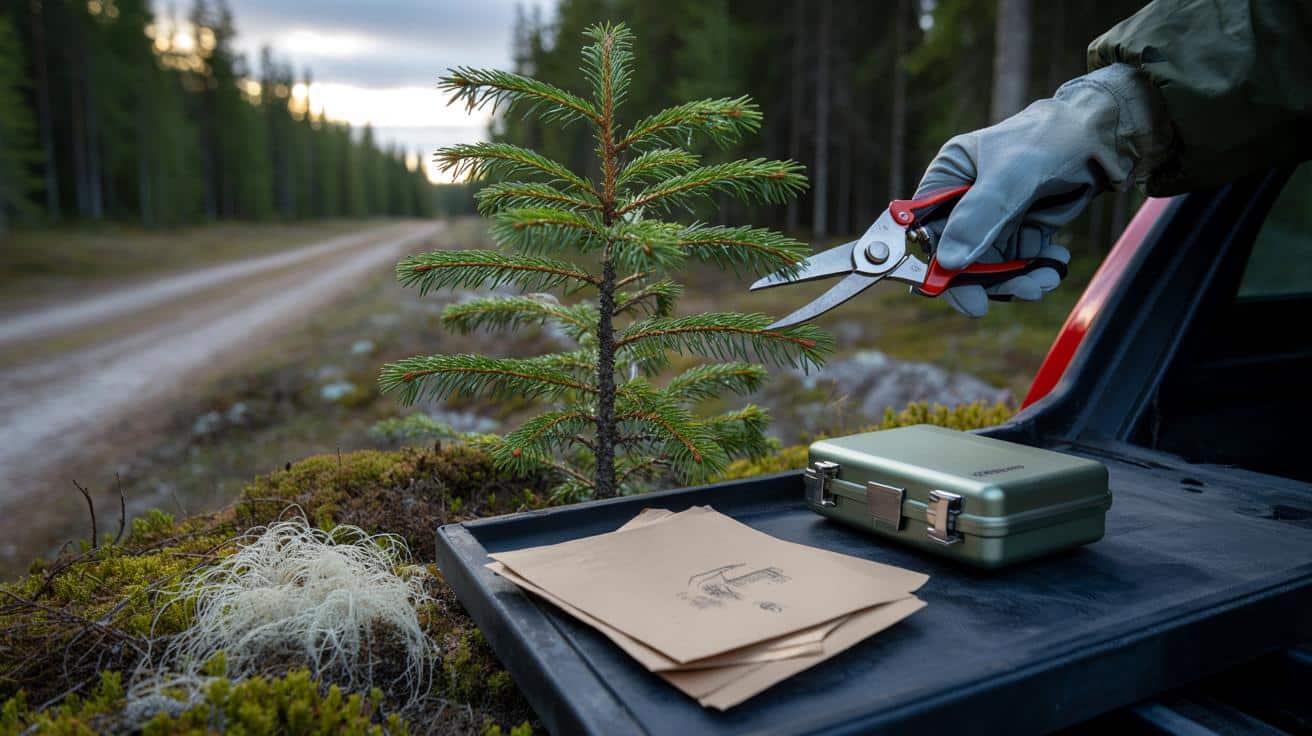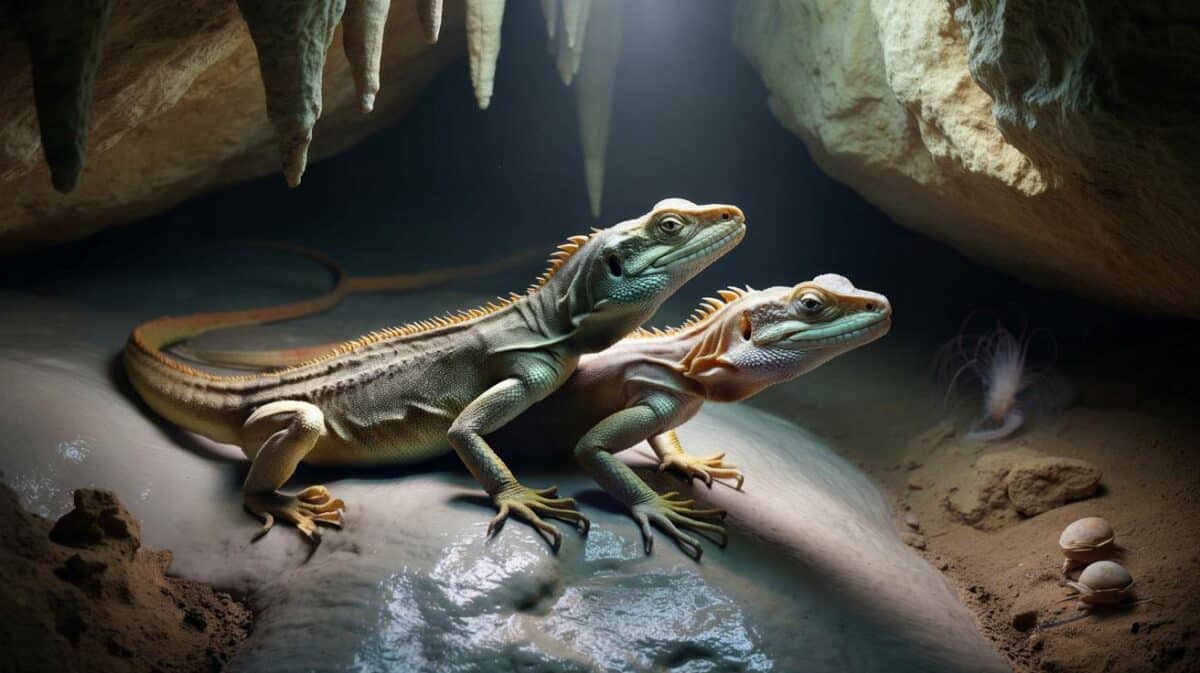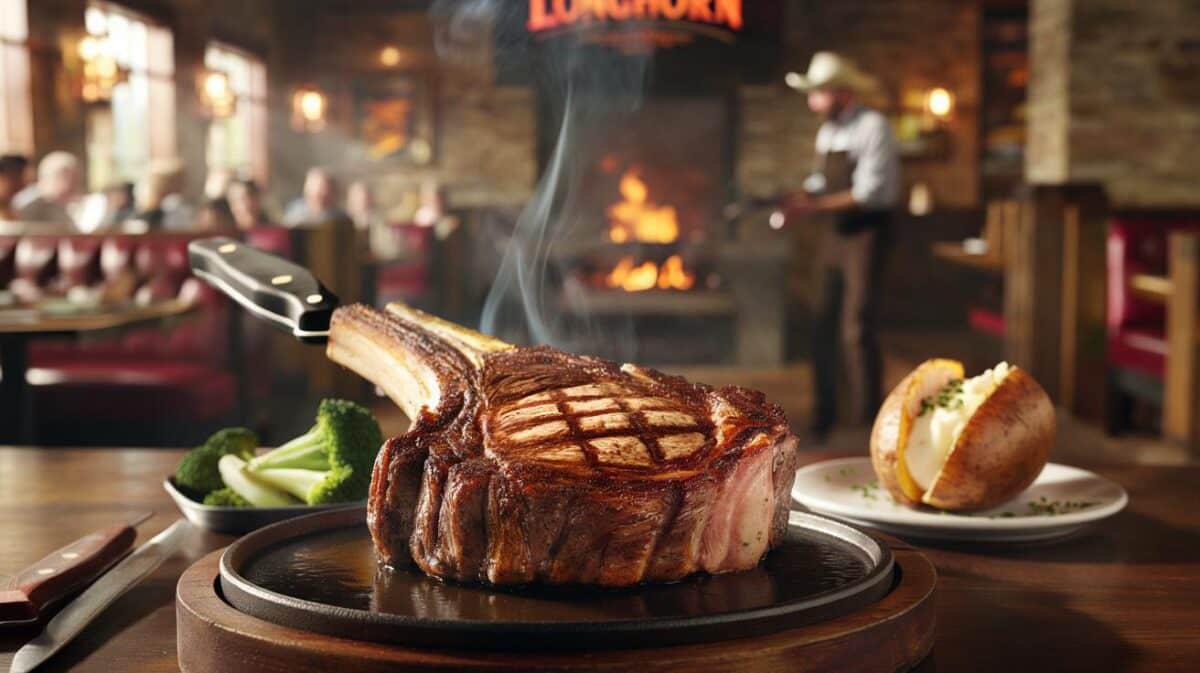The idea sounds like a folk tale told around a campfire. Yet in Finland, it’s now practical science: conifer needles laced with flecks of gold, lifted from the earth by microbial partners too small to see.
A cool clink as a paper envelope of needles tapped a field scale under a sky the colour of tin. We were a few hours north of Oulu, on a sandy track flanked by spruce, and the Geological Survey team had been clipping green tips all morning. Not for a Christmas garland. For a metal that usually lives deep underground.
Back at the truck, the portable kit whirred. Someone held a needle up to the light as if checking a watch crystal. You couldn’t see the gold with naked eyes, not yet. But the lab would, and they knew it.
Gold in the green.
Forest needles as mineral messengers
You can walk a Finnish ridge and pass a hidden ore body without a clue. The trees have a clue. Below the moss, their roots graze the soil like slow grazers, nudged along by colonies of microbes that turn locked metals into tiny, mobile forms.
**Finland’s field teams have now confirmed trace gold shimmering in the needles of northern conifers.** It rides the tree’s vascular system in ghost amounts, then gets parked in needles and twigs, the way our bodies stash trace minerals in hair or nails.
There’s a story researchers tell from a grid near Kittilä, where the land rolls quietly toward one of Europe’s richest gold mines. Sampling ran across a supposed dead zone, and then—bang—needles spiked in the assays. Parts per billion, not treasure-chest stuff, yet way above background. The anomaly matched a magnetic low and a geologist’s hunch, and later, a core came up that told the deeper tale.
On another line, thirty trees over, the signal dipped, the way a scent fades on a windy morning. A few metres mattered. Map the peaks and troughs across a landscape and you get a living contour of the metal below.
What’s moving the gold is not just roots. It’s an underground workforce: mycorrhizal fungi webbed into the root tips, bacteria that nudge gold from stubborn mineral crystals into soluble forms. The tree leaks sugars and acids. Microbes trade nutrients in return. Some gold hitches a ride, moving as ions or nanoparticles, then re-precipitating as specks inside tissues or on needle surfaces.
The amounts are tiny and harmless to the tree. Think of it as a whisper, not a shout. A whisper you can hear if you know where to listen.
How to read a forest like a geochemist
There’s a method to this woodland whisper-reading. You sample year-old needles from the sunlit side of a tree, not the newest flush and not the old, weathered ones. Clean gloves, clean secateurs. Paper bags, not plastic, so moisture doesn’t turn your samples into soup.
Back in the lab, needles are dried, sometimes ashed, and digested in a mild acid to free trace metals. The solution goes into an instrument that can see a billionth of a gram per gram. DNA tools can profile the needle’s microbial passengers too, revealing which tiny partners show up when gold does.
Here’s where real life intrudes on tidy protocol. Roads throw dust into needles; rain dilutes signals; pollen season can put a pollen-metal cocktail where you least want it. Pick calm, dry days. Space your trees on a neat grid and take a few replicates so one oddball doesn’t swing the map.
We’ve all had that moment where a day’s samples look wrong and your stomach sinks. Breathe. Check your labels, your blanks, your chain of custody. Maybe it’s a storm. Maybe it’s real. Let’s be honest: nobody does that every day.
**The glitter isn’t a fairy tale; it’s a microbial supply chain at work.** Field teams talk about listening more than looking, and letting the data nudge, not shove.
“A tree is a slow well: draw from it gently and it will tell you what lies below.”
- Pick year-old needles from the south-facing side.
- Avoid roads, clearings, and recent logging corridors.
- Use paper bags and label everything twice.
- Sample in late summer when growth has settled.
- Log GPS precisely; your map is only as good as your points.
What it changes for mining, nature, and us
There’s a quiet revolution tucked inside those green tips. Exploration used to mean trenches and noise; this is footsteps and clippers. Companies can screen vast areas for promising trends without scarring a hillside, then drill fewer, smarter holes. Communities see fewer rigs and more maps.
For science, it’s a story of partnership. Trees, fungi, bacteria, metals—one network, not four silos. The forest becomes both habitat and sensor. *A speck of gold where you least expect it can reset how you see a landscape.*
There’s a line to walk. Signals near homes and sacred places need respect, not a rush. Data can live quietly in a database until the social licence is there. **This shifts prospecting from picks and pits to leaves and lenses.** Kids might pocket a needle one day and ask why it matters. That’s a healthy question to carry home.
| Point clé | Détail | Intérêt pour le lecteur |
|---|---|---|
| Trees can store trace gold | Conifer needles accumulate minute gold particles above buried deposits | See forests as natural sensors, not just scenery |
| Microbes do the heavy lifting | Fungi and bacteria mobilise and shuttle gold into plant tissues | Understand the hidden biology behind the glitter |
| Low-impact exploration | Biogeochemical sampling reduces trenches and noise | Cleaner, calmer prospecting near communities and nature |
FAQ :
- How do trees get gold into their needles?Microbes around the roots help dissolve trace gold from minerals. The tree takes up these tiny forms with water and nutrients, and some ends up in needles.
- Can you see the gold on a needle?Not with the naked eye in most cases. Lab instruments detect it, and microscopes can reveal nanoparticles on or within tissues.
- Which trees in Finland show this effect?Spruce and pine are the usual workhorses in boreal sampling. People say “fir” loosely, but it’s broadly about northern conifers with deep microbial partnerships.
- Does the gold harm the tree?No. The amounts are at trace levels, similar to other micronutrient traces, and don’t interfere with growth.
- Can a hobbyist pan gold from needles?No. The concentrations are far too low for extraction at home. The value is in mapping patterns to guide responsible exploration.









Mind blown—trees as geochemmical sensors! Does this actually reduce drill meters in practice, or is it mostly a first‑pass screen before geophysics and cores?